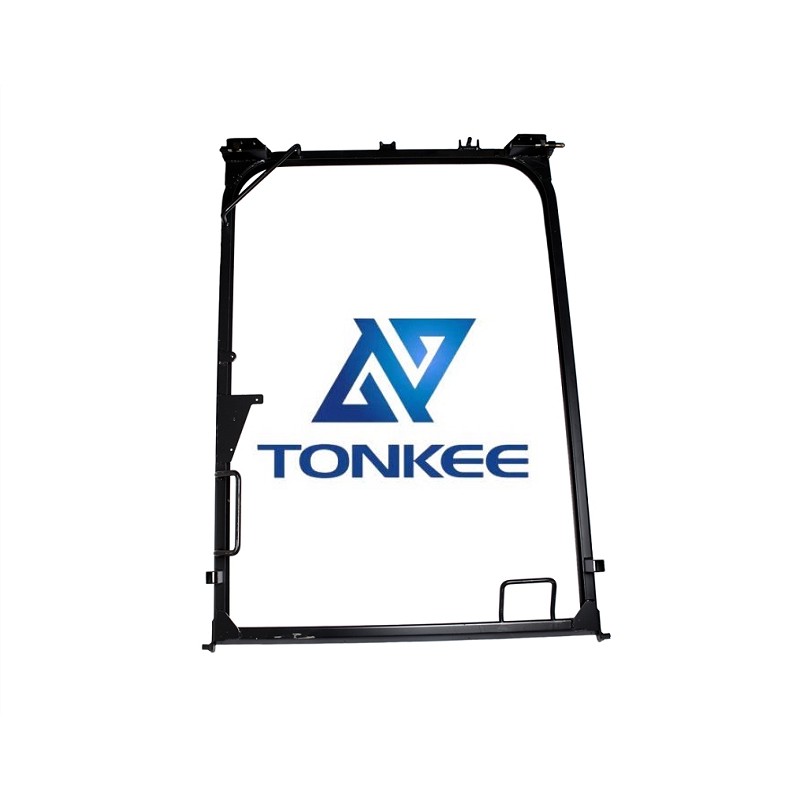
Structural Integrity: The front window frame is constructed using high-quality steel or alloy materials, providing exceptional strength and durability to withstand the harsh operating conditions commonly encountered in construction and excavation work.
Precision Engineering: Hitachi engineers meticulously design the window frame to exact specifications, ensuring a precise fit and alignment with the front cabin structure. This precise fit is crucial for maintaining the structural integrity of the cabin and protecting the operator.
Corrosion Resistance: To enhance the longevity of the window frame, it undergoes a thorough anti-corrosion treatment, which typically includes painting or coating. This treatment protects the frame from rust and corrosion caused by exposure to moisture, chemicals, and other environmental factors.
Integrated Glass Mounting: The frame is equipped with secure mounting points and seals to accommodate the front windshield or glass pane. This integration ensures a tight seal, preventing water and dust from entering the cabin and compromising visibility.
Bolt-On Installation: Installation of the front window frame is typically a bolt-on process, simplifying maintenance and replacement procedures. This design feature reduces downtime, allowing for quick repairs in the field.
Materials Used:
The materials used in the construction of the Hitachi EX-2, EX-3 Series Front Window Frame are carefully selected to provide the necessary strength and durability while keeping the frame as lightweight as possible. Common materials include:
High-Strength Steel: Many window frames are fabricated from high-strength steel, which offers excellent resistance to bending and deformation under heavy loads or impacts.
Alloys: In some cases, alloy materials may be used to strike a balance between strength and weight savings.
Alloys can provide increased tensile strength and corrosion resistance compared to conventional steel.
Design Considerations:
Safety: Safety is a paramount consideration in the design of the front window frame. It must be able to withstand impacts and protect the operator in the event of accidents or falling debris.
Visibility: The frame is designed with a minimalistic approach to maximize the operator's field of vision. This ensures that the operator can see their work environment clearly, enhancing productivity and safety.
Ergonomics: The window frame design takes into account the ergonomics of the operator's cabin, providing ample headroom and a comfortable operating environment.
Weather Protection: The frame design includes features such as rubber seals and gaskets to create a weather-tight seal. This prevents rain, snow, dust, and other environmental elements from entering the cabin.
Benefits:
Operator Safety: The front window frame is a critical safety component, protecting the operator from potential hazards on the job site.
Longevity: The use of high-quality materials and anti-corrosion treatments ensures that the frame will have a long service life, even in challenging conditions.
Ease of Maintenance: Bolt-on installation simplifies maintenance and replacement, reducing downtime and associated costs.
Enhanced Visibility: The well-designed frame maximizes visibility, allowing operators to work more efficiently and with greater confidence.


